
Finland, officially the Republic of Finland, is a Nordic country in Northern Europe. It borders Sweden to the northwest, Norway to the north, and Russia to the east, with the Gulf of Bothnia to the west and the Gulf of Finland to the south, opposite Estonia. Finland covers an area of 338,145 square kilometres (130,559 sq mi) and has a population of 5.6 million. Helsinki is the capital and largest city. The vast majority of the population are ethnic Finns. Finnish and Swedish are the official languages, with Swedish being the native language of 5.2% of the population. Finland's climate varies from humid continental in the south to boreal in the north. The land cover is predominantly boreal forest biome, with more than 180,000 recorded lakes.

The history of Finland begins around 9,000 BC during the end of the last glacial period. Stone Age cultures were Kunda, Comb Ceramic, Corded Ware, Kiukainen, and Pöljä cultures. The Finnish Bronze Age started in approximately 1,500 BC and the Iron Age started in 500 BC and lasted until 1,300 AD. Finnish Iron Age cultures can be separated into Finnish proper, Tavastian and Karelian cultures. The earliest written sources mentioning Finland start to appear from the 12th century onwards when the Catholic Church started to gain a foothold in Southwest Finland.
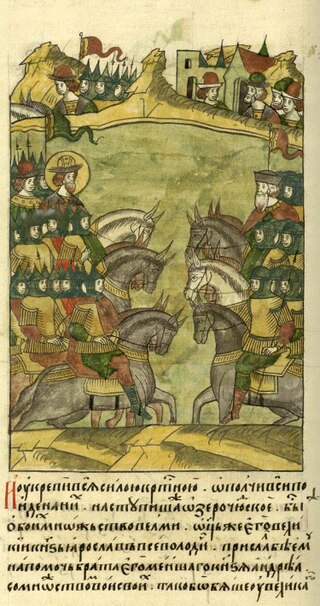
The Northern Crusades or Baltic Crusades were Christianization campaigns undertaken by Catholic Christian military orders and kingdoms, primarily against the pagan Baltic, Finnic and West Slavic peoples around the southern and eastern shores of the Baltic Sea, and also against Orthodox Christian Slavs.

Year 1202 (MCCII) was a common year starting on Tuesday of the Julian calendar.

Finland Swedish or Fenno-Swedish is a variety of the Swedish language and a closely related group of Swedish dialects spoken in Finland by the Swedish-speaking population, commonly also referred to as Finland Swedes, as their first language.
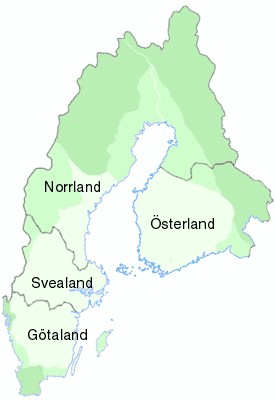
Österland (Eastland) or Österlanden (Easternlands), one of the four traditional lands of Sweden, was a medieval term used for the southern part of Finland. The term occurs in documents approximately between 1350–1470 and gradually fell out of use by the end of the 15th century. Before this period the term was used in plural, Österlanden, Easternlands.

Korela Fortress is a medieval fortress in the town of Priozersk, Leningrad Oblast, Russia.

The Treaty of Nöteborg, also known as the Treaty of Oreshek, is a conventional name for the peace treaty signed at Oreshek on 12 August 1323. It was the first settlement between Sweden and the Novgorod Republic regulating their border mostly in the area that is also known as Finland today. Three years later, Novgorod signed the Treaty of Novgorod with the Norwegians.
Finns or Finnish people are a Baltic Finnic ethnic group native to Finland.
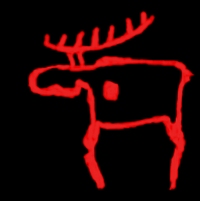
Finnic paganism is the indigenous pagan religion in Finland, Karelia, Ingria and Estonia prior to Christianisation. It was a polytheistic religion, worshipping a number of different deities. The principal god was the god of thunder and the sky, Ukko; other important gods included Jumo (Jumala), Ahti, and Tapio. Jumala was a sky god; today, the word "Jumala" refers to all gods in general. Ahti was a god of the sea, waters and fish. Tapio was the god of forests and hunting.
The Military timeline of Denmark is centered around an involvement in wars in Northern Europe since 793 and, recently, elsewhere.

Anders Sunesen was a Danish archbishop of Lund, Scania, from 21 March 1201, at the death of Absalon, to his own death in 1228.

The First Swedish Crusade was a mythical military expedition in the 1150s to Southwestern Finland by Swedish King Eric IX and English Bishop Henry of Uppsala.

There are scattered descriptions of early Finnish wars, conflicts involving the Finnish tribes, some of which took place before the Middle Ages. The earliest historical accounts of conflicts involving Finnish tribes, such as Tavastians, Karelians, Finns proper and Kvens, have survived in Icelandic sagas and in German, Norwegian, Danish and Russian chronicles as well as in Swedish legends and in Birch bark manuscripts. The most important sources are Novgorod First Chronicle, Primary Chronicle and Eric Chronicles.

Sastamala is a town and municipality of Finland. It is located in the Pirkanmaa region. The town has a population of 23,572 and covers an area of 1,531.75 square kilometres (591.41 sq mi) of which 96.14 km2 (37.12 sq mi) is water, making it the largest municipality in the Pirkanmaa region in terms of area. The population density is 16.49 inhabitants per square kilometre (42.7/sq mi). The municipality is unilingually Finnish.
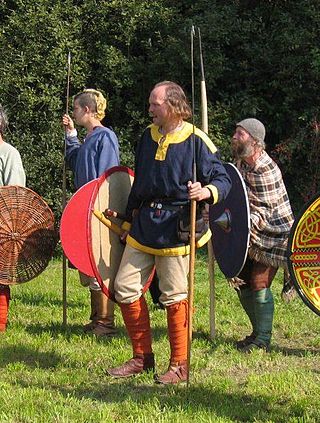
The angon was a type of javelin used during the Early Middle Ages by the Anglo-Saxons, Franks, Goths, and other Germanic peoples. It was similar to, and probably derived from, the pilum used by the Roman army and had a barbed head and long narrow socket or shank made of iron mounted on a wooden haft.
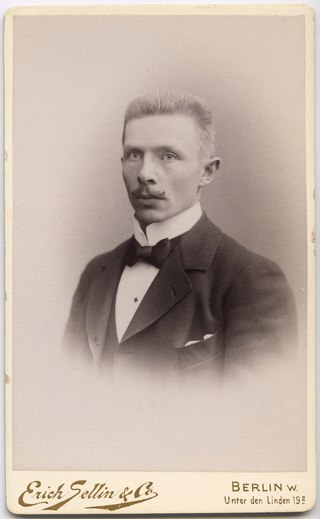
Julius Ailio was a Finnish archaeologist and a Social Democratic politician. His archaeological work involved the Stone Age and Early Metal Age in Karelia, especially the isthmus.

In Swedish and Finnish history, Finland under Swedish rule is the historical period when the bulk of the area that later came to constitute Finland was an integral part of Sweden. The starting point of Swedish rule is uncertain and controversial. Historical evidence of the establishment of Swedish rule in Finland exists from the late 13th century onwards.

Swedish colonisation of Finland happened during the Northern Crusades from the 12th century until the 1350s. Colonisation focused on the Finnish archipelago and some of its coastal regions. The colonisation led to the beginning of the Swedish-speaking population of Finland. The settlers were from central Sweden. It has been estimated that there were thousands of settlers.

Ancient kings of Finland are kings of Finland mentioned in early historical sources. The word kuningas is an old Finnic word deriving from the ancient Germanic word kuningaz. In the time the sources were written, "Finland" mainly referred to the Finland Proper area, and depending on the source, the "kings of Finland" could also refer to kings of the Sami people.

















